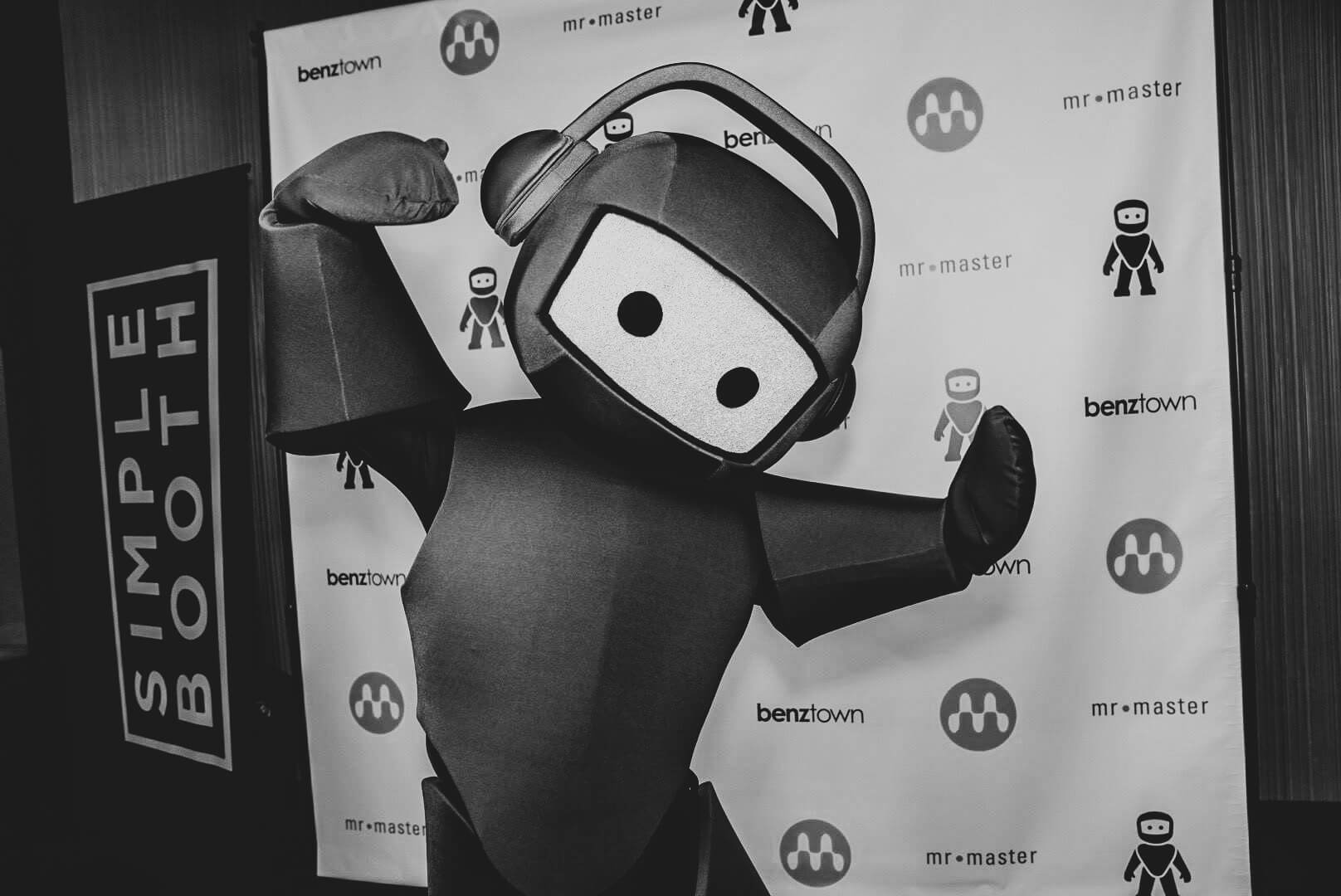Compressor Usage – Serial Compression!

The Human voice has huge dynamics in volume. And without any processing, you would simply not understand anything in a production. As audibility is crucial in radio imaging, compression is an essential step for us. But too much can result in morbidity and destroy the vibe. An article of the german audio magazine delamar recently featured the technique using 2 serial compressors. Here’s the benztown blog radio imaging interpretation!
I presuppose that you know how a compressor works: it reduces the peaks and pushes the rest so dynamics are reduced.
But this is only true for signals above the threshold. Signals beneath the threshold are not affected by the compressor and stay dynamic. A solution for this problem is to use two compressors.
First compressor: fast attack, medium fast release and ratio 8:1 Set the threshold/input gain that it only cuts the loudest peaks and keeps the rest of the signal unaffected. In this example we are using a UA1176LN compressor.
Second compressor: Using the Teletronix LA2A. This one has auto attack and auto release and a ratio of 2:1. The job of the second compressor is to add overall loudness and body. So you set up the threshold that compression is applied even at lower levels, so it’s working more frequently than the first compressor.
Note that there is no absolute threshold value. You need to adjust it to your specific material, so the compressors are doing the jobs described above. (Sidenote: the compressors were are using in this example have a fix threshold and the amount of gain reduction is controlled via input gain.)
You might think that a ratio of 2:1 is too low for our application. But note that when both compressors are working at the same time, the ratio values are multiplied. This means that you partly have a ratio of 16:1, which is pretty much.
Let’s compare using two compressors instead of one.
You can hear that using two compressors prevents a pumping effect especially at higher gain reduction rates and compression. By using this technique, each compressor has its own job which makes it more vivid and vital, as not just one compressor is doing the whole job.
A popular combination used on VO tracks is a compressor with a maximizer behind that, which is basically the same as we did above. The Neve 33609 combines these two tools in one unit, as it has an inbuilt compressor and limiter. The same is true when using the Shadow Hills Mastering Compressor: it has an inbuilt opto compressor (like the LA2A we used above) and a FET compressor (like the 1176).
Try it in your session! Adapt this technique using your own compressors and tools. It’s a great technique, especially for high dynamic material like voices.

;)